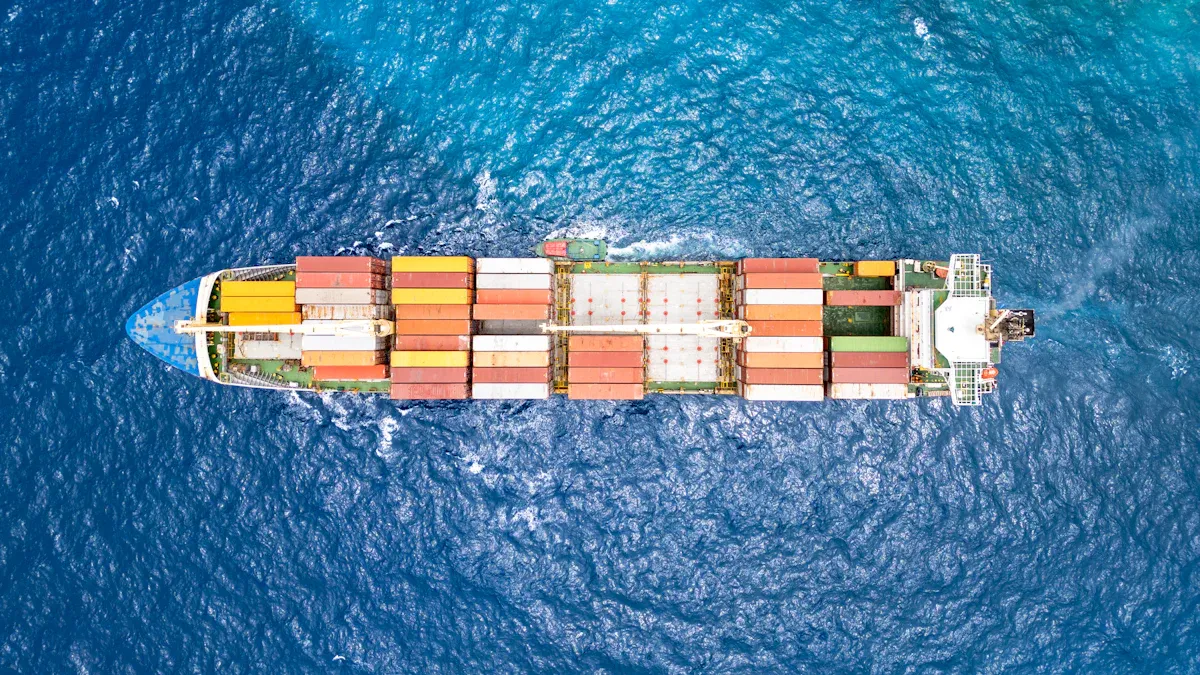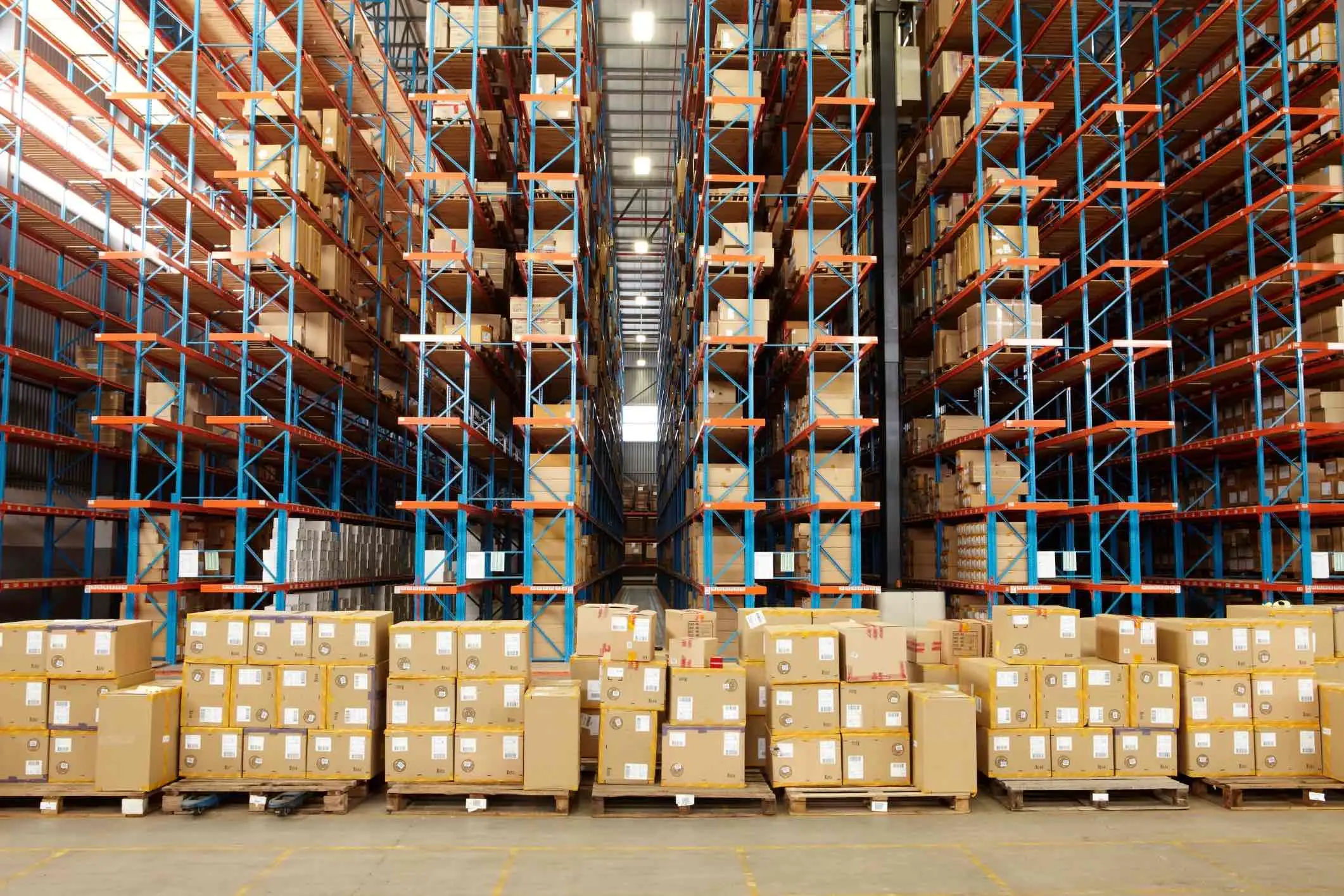What Are the Components of Overseas Logistics Costs

Understanding overseas logistics costs is important for improving your supply chain. It includes key parts of logistics costs that affect profits. These are transportation, customs fees, insurance, storage, packaging, and admin charges. In 2022, U.S. logistics costs were over $2.316 trillion. This shows how important they are in global business.
Controlling these costs well helps lower expenses, boost efficiency, and grow steadily.
Key Takeaways
Knowing the parts of overseas shipping costs helps you save money.
Picking the best way to ship can lower costs and speed up delivery.
Using online tools for forms can cut costs by 30% and work faster by 50%.
Key Cost Parts in Overseas Shipping
Knowing the main costs in overseas shipping helps control spending. Each part adds to the total cost, and understanding them helps you make smart choices.
Transportation Costs in Global Shipping
Transportation costs are a big part of global shipping. These include freight charges, fuel fees, and handling costs. Air shipping is fast but pricey, while sea shipping is cheaper for large loads.
What It Means | |
|---|---|
Freight Charges | The basic cost for moving goods by air or sea. |
Fuel Fees | Extra charges when fuel prices go up, based on transport type. |
Handling Costs | Fees for loading, unloading, and preparing shipping papers. |
Managing these costs well keeps your shipping affordable and reliable.
Customs Fees and Taxes: A Big Part of Shipping Costs
Customs fees and taxes are important in overseas shipping. These depend on the goods, their value, and where they’re going. For example, Canada’s average tariff rate is 2.2%. Over 30% of companies worry about tariffs, showing how crucial it is to understand them.
Tip: Learn trade rules and use experts to handle customs and save money.
Insurance and Risk Control in Shipping Costs
Insurance is key to protecting goods during shipping. It covers losses from delays, damage, or spoilage. Freight insurance helps recover money and protects your business.
Insurance lowers risks in global shipping costs.
It covers problems like cargo delays or damage.
Knowing insurance costs helps you plan your budget better.
Buying insurance reduces risks and makes your supply chain stronger.
Storage and Warehousing Costs in Shipping
Storage and warehousing are big parts of shipping costs. These include storage fees, managing inventory, and extra services like packaging. The global warehousing market was worth $1.01 trillion in 2023 and is growing fast due to online shopping.
Storage costs include keeping and managing goods.
New technology can help lower these costs.
Good storage ensures quick delivery and fewer delays.
Using advanced storage systems can save money and improve operations.
Packaging and Handling Costs
Packaging and handling protect goods during shipping. These costs include labor, materials, and tools for packing. Studies show that shipping costs, including packaging, make up 70–80% of export costs.
Handling costs cover labor and materials for packing orders.
Good packaging prevents damage and keeps items safe.
Quality packaging improves customer happiness.
Better packaging methods can cut shipping costs a lot.
Admin and Paperwork Fees
Admin and paperwork fees are for preparing shipping documents. These include customs forms, invoices, and shipping papers. Digital tools can cut these costs by 30%, boost efficiency by 50%, and reduce mistakes by 80%.
Benefit Type | Improvement |
|---|---|
Savings with Digital Tools | Up to 30% savings |
Better Efficiency | Up to 50% improvement |
Fewer Mistakes | Up to 80% reduction |
Using digital tools saves money, improves speed, and reduces errors.
Factors That Affect Overseas Shipping Costs
Knowing what affects shipping costs helps you manage better. These factors change based on transport type, shipment size, distance, seasons, and customs rules.
How Transport Type Changes Shipping Costs
The transport method you pick changes shipping costs. Air shipping is faster but costs much more than sea shipping. Air shipping can be five times pricier. It works best for expensive or urgent items. Sea shipping is better for big, heavy loads.
Item Group | Time Change | |
|---|---|---|
Group 1 | -0.32 | -0.18 |
Group 2 | 0 to -1.9 | 0 to -3.3 |
Choosing the right transport saves money and delivers on time.
Shipment Size, Weight, and Space
The size, weight, and space of shipments affect costs. Bigger and heavier shipments cost more, especially by air. About 20% of shipments are charged by size, not weight. This happens with light but bulky items. Better packing can lower these costs. Only 60% of shippers know how to reduce size charges, so there’s room to improve.
Distance, Routes, and Trade Rules
Distance and routes affect shipping prices. Longer trips cost more. Busy areas may have higher prices due to demand. Route software can shorten trips, save fuel, and cut costs. Good planning avoids delays and saves money.
Seasonal Demand and Market Changes
Shipping costs go up during busy seasons. For example, harvest time raises costs for fruits and vegetables. Holiday shopping also increases shipping demand. Shipping during quiet times can save money.
Customs Rules and Following Regulations
Customs rules add extra costs to shipping. Breaking rules can cause delays, fines, or lost goods. Correct paperwork, values, and item codes help avoid problems.
Problem Type | What Happens |
|---|---|
Money Fines | |
Delays | Shipments stuck at borders waste time. |
Trust Issues | Repeated mistakes hurt your reputation. |
Knowing trade rules and following them avoids extra costs and delays.
Strategies to Manage and Reduce Overseas Logistics Costs with JUSDA
Using JUSDA's Help for International Freight Shipping
JUSDA provides expert help for global freight shipping. They offer services by air, sea, land, and rail to fit your needs. JUSDA studies your shipment needs to find the best transport method. Air freight is fast for urgent items, while sea freight is cheaper for large shipments.
JUSDA’s wide network and experience help lower shipping costs. They ensure smooth shipping, fewer delays, and better order delivery.
Improving Packaging and Shipment Size with JUSDA in India
Packaging and shipment size affect shipping costs a lot. JUSDA works in India to make these better and save money. They offer bonded warehouses and inland transport to improve distribution. Their smart packaging uses less space, making shipments smaller and cheaper.
For example, JUSDA’s warehouses in Bangalore, Hyderabad, and Pune store goods during customs checks. This helps combine shipments, cutting costs and improving delivery.
Picking the Best Transport Mode to Save Money
Choosing the right transport type is key to saving on shipping. JUSDA helps you compare time, distance, and cost to pick the best option.
Freight models predict demand and follow new rules.
Shipment weight affects transport choice, like using trucks for heavy loads.
Long trips stay cost-efficient with steady preferences.
With JUSDA’s advice, you can make smart choices to save money and keep deliveries reliable.
Tracking Costs with JUSDA's JusLink Supply Chain Tool
JUSDA’s JusLink tool tracks costs and manages resources better. It uses IoT, cloud tech, and big data to connect your supply chain.
Real-time updates boost productivity and cut shipping costs.
Better resource use improves order delivery.
Clear tracking helps you adjust plans and save money.
JusLink gives you useful insights to manage shipping well and save time and money.
Staying Updated on Trade Rules with JUSDA's Services
Trade rules can be tricky, but JUSDA makes them easier. They ensure your shipments follow customs rules, avoiding fines and delays.
JUSDA handles customs forms, IGCR, EPR, and BIS certifications for smooth shipping. They keep you updated on rule changes so you can adjust quickly. Staying compliant saves money and builds trust with partners.
Tip: Let JUSDA handle trade rules so you can grow your business.

JUSDA Solutions
To provide you with professional solutions and quotations.
Knowing overseas logistics costs helps you plan smarter and compete better. Lowering these costs makes work faster and saves money.
Benefit | Description |
|---|---|
Cost reduction | Cut costs by 20% with better routes and less fuel. |
Improved efficiency | Speed up deliveries and improve operations by 30%. |
Enhanced customer satisfaction | On-time deliveries make customers happy and loyal. |
JUSDA’s help can give you these benefits and strengthen your supply chain.
See Also
Understanding Cost Efficiency in Supply Chain Management
Exploring Top Global Logistics Firms: A Comprehensive Guide
Mastering Logistics Cost Reduction: A Complete Handbook
Analyzing Current Trends in Logistics Risk Management
Unlocking Savings: Expert Tips for Supply Chain Optimization
